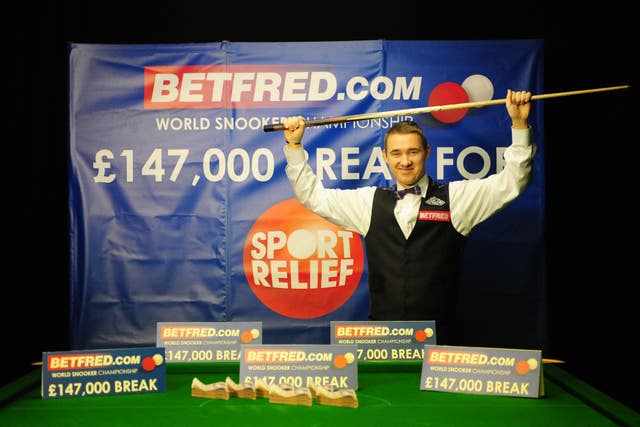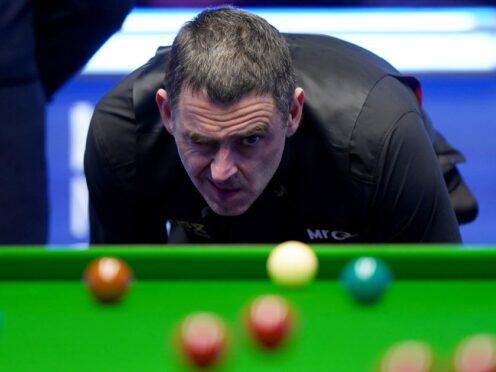Snooker becomes the latest sport to head to Saudi Arabia this week and with it comes a new twist – the golden ball.
The 23rd ball will make its debut at the World Masters of Snooker in Riyadh, which runs through to Wednesday, and here, the PA news agency looks at how it will all work.
What is the golden ball?
The 1️⃣6️⃣7️⃣ explained by @JackLisowski 🙌
$500,000 🤯@RiyadhSeason World Masters of Snooker available worldwide on @dazngroup! [Mar 4-6] #RiyadhSeason pic.twitter.com/r1jLxKVDJt
— WST (@WeAreWST) March 2, 2024
Traditionally snooker has comprised of 22 balls; 15 reds and six colours plus the white cue ball, but the World Masters is introducing a 23rd – the golden ball. The purpose of this new ball is to increase the maximum possible break which currently stands at 147 – 15 reds followed by 15 blacks. Should any player make a maximum, the golden ball comes into play with a value of 20 points, giving rise to the possibility of a 167.
Where will the ball be on the table?

Those familiar with snooker will know colours are potted in the following order; yellow, green, brown, blue, pink and black. The first three colours are spaced out along the baulk line at the top of the table and the golden ball will rest in the centre of the baulk cushion or, as you watch on television, the cushion at the top of the screen. If a 147 is made, the ball becomes live but, as soon as such a break is no longer possible, the ball is removed until the start of the next frame.
What’s the prize and how likely is it to happen?

Once upon a time 147s were a rarity and the first ever was made by Steve Davis in 1982 but, as the playing field and number of tournaments have increased, so have the amount of maximums and the 200th was made last week by Joe O’Connor. Maximum breaks once paid £147,000 and the game’s star attraction, Ronnie O’Sullivan, has been outspoken about the decrease in prize money over the years and once had to be persuaded to pot the final black when he discovered there was no money on offer. However, this week, the first place to make a 167 will receive £395,000.
Which players are involved?
— الاتحاد السعودي للبلياردو والسنوكر (@saudi_pool) March 3, 2024
O’Sullivan, the world number one and the sport’s greatest of all time, heads a stellar field of the world’s top 10 players who will contest for the trophy alongside two wild cards, Omar Alajlani and Ali Alobaidli.
